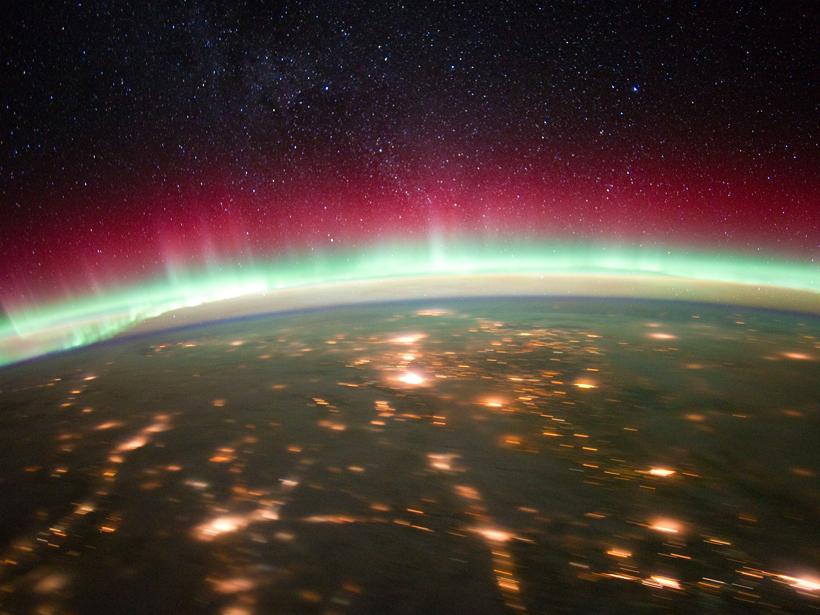Space research has made strides identifying where extraterrestrial life might reside but not what kind of life, if any, it could be, scientists told Congress last week.
unsolved mysteries
Birds Ignore Volcano Blast, Puzzle Scientists
When a nearby volcano unexpectedly erupted in the midst of a behavioral study of Andean condors in Argentina, the researchers scrambled to observe disruption to condors' lives. Oddly, there was none.
What Formed These Curious Ripples on Mars?
Dunes, ridges, or something else? Scientists seek to understand the origins of transverse aeolian ridges.
Newly Discovered Properties of Elusive Gamma Ray Flashes
The properties of terrestrial gamma ray flashes have eluded scientists for years. This new study sheds light on how they originate.
Dispelling Clouds of Uncertainty
How do you build a climate model that accounts for cloud physics and the transitions between cloud regimes? Use MAGIC.
What Causes Sunspot Pairs?
Analysis of magnetic fields on the Sun's surface offers a new clue on why sunspots appear.
Conquering Uncertainties in Tropical Climate Forecasts
The key to better predictions of atmospheric temperature trends in the tropics may lie in more accurate measurements of sea surface temperatures.
Why Does the Aurora Flare Up?
The spectacular auroras that circle Earth's geomagnetic poles and burst with colorful displays during geomagnetic storms have mystified humanity for millennia. Now scientists are uncovering their secrets.
Satellite Data Yield Detailed Picture of the Lunar Wake
Researchers use satellite data to characterize the physical properties of the lunar wake and the processes that govern it.
Tiny Mineral Grains Could Drive Plate Tectonics
Scientists turn to granular scales to explain how plate tectonics may have evolved billions of years ago.










